Botulin Toxin (Botox) has been a controversial topic in dentistry for many years now. Best known for its cosmetic applications, most dentists do not know that Botox actually has many broader therapeutic applications in dentistry and medicine. Indeed, Botulin toxins have today been used and approved for medical use in numerous countries around the world including Australia.
The use of botulin toxin in the treatment of chronic type headaches, TMD and migraines has been extensively studied in the literature since the mid 1990s. Reported uses of Botulinum Neurotoxins have been recorded in the literature for dental conditions including:
- TMD;
- Masseteric hypertrophy;
- Bruxism (pathological clenching);
- Mandibular spasm;
- Periodontal surgery;
- Immediate implant loading;
- Orthognatic surgery; and
- Gummy smiles.
Dental parafuction (bruxism and clenching of the jaws) have been identified as one of the causes for chronic type headaches and migraines, as well as masseteric hypertrophy and other conditions that affect the temporo mandibular joint.
The treatment of muscle generated dental
disease had been limited to the use of dental
splints, with limited success due to poor patient compliance; use of systemic drugs such as muscle relaxants, antidepressants
and anticonvulsants, often with drug-related side effects; and occlusal adjustment, often in conjunction with full mouth rehabilitation (a very aggressive approach for treatment of muscular disease).
Botulinum toxin potentially provides dentistry with an effective tool to control the extra-capsular causes of TMD with minimal side effects, reducing the need for irreversible treatments.
Botulin toxin was approved by the FDA for this purpose in October of 2010; by the NHS in Enlgand in 2010 and in Canada in 2011. The Dental Board of Australia published an interim policy on Botox use in November 2010 and updated this a year later in October 2011.1
As it stands today, the Dental Board of Australia "supports the use of botulinum toxin by registered dentists with education, training and competence for the treatment of Temporomandibular joint disorder/dysfunction". Whereas debate in regard to the broader use of Botox by dentists, particularly for cosmetic purposes, continues, the Board does not endorse any usage other than for the treatment of TMD.
In its document "Key legislative requirements for registered dental practitioners" that summaries the Drugs Poisons and Controlled Substances Act 1981, the Department of Health, Victoria also highlights that "Dentists are authorised to obtain, possess, use or supply Schedule 4 or Schedule 8 poisons for the lawful practice of their profession (section 13 of the Act), i.e. for the dental treatment of persons under their care (regulation 10). A dentist's authorisation does not extend to activities unrelated to dental treatment (e.g. the use of local anaesthetics for body piercing; administration of Botulinum Toxin where the Dental Board of Australia does not consider its use to be for dental treatment).
Apart from being specific about the indications for Botox use by dentists, the DBA further mandated that dentists who desired to use Botox for the treatment of TMD required appropriate "education, training and competence".
In 2011 in response to this, Progressive Seminars held their first course to instruct dentists in the treatment of TMD utilising Botox. This class was designed to conform to the Dental Board of Australia's policy and since this time, many participants have been treating TMD using Botox.
The certificate of attendance I received from this course was also required by Guild Insurance to add use of Botox to our indemnity policies.
The treatment of TMD more often than not requires a multifaceted approach and in some cases, needs the skills of many different practitioners in many different fields working as a team. Some of the people on your team need to be the patients' Medical Practitioner, an Oral Medicine specialist, Psychologist, Myotherapist and Chiropractor just to name a few. Stress management can also play a big part in the treatment.
Many patients have had no success in the treatment of their TMD. Many of these patients have been to many different practitioners in the past. This can be useful as other methods have been used so they do not have to be tried again. Sometimes a trial and error approach is all that is available with the "no harm" mentality to be followed at all times
Treatment of any sort can only be initiated after a complete dental examination and Botox used only if the examination shows that it will be of benefit. A consent form must also be signed after the patient understands all the issues of Botox use. An interesting issue with the consent form in the dental setting is that one of the complications is that the patient may lose their ageing wrinkles (Remember that dentists cannot use it for cosmetic purposes, however a patient has never complained of this complication!).
As of 2011, many patients in Australia have been treated with excellent results using Botox by their qualified dentist. This is a great advancement for them and for the practising dentist being able to help where before there were no answers.
Like all medical procedures, however, it is vital that dentists gain thorough training prior to commencing any treatment. And regardless of your own self-belief, problems can and do occur and it is equally vital to ensure you are using products legally and appropriately and that your indemnity insurance cover extends to all the treatment options you offer.
1. Dental Board of Australia - Interim Policy - Botulinum Toxin - available at http://www.dentalboard.gov.au/Codes-Guidelines/Policies-Codes-Guidelines.aspx






Wednesday, 26 November, 2025